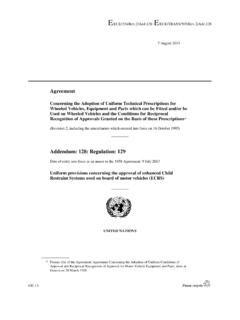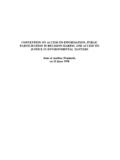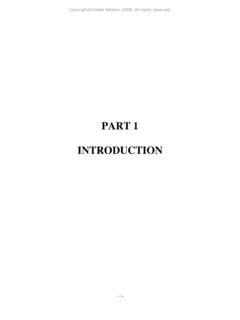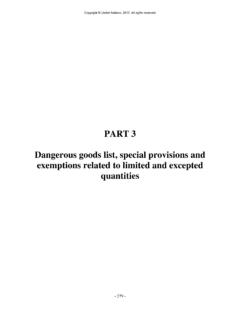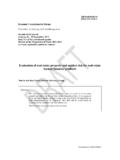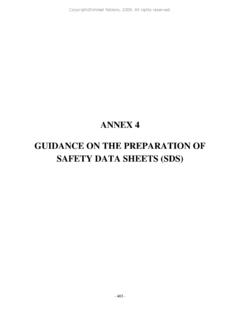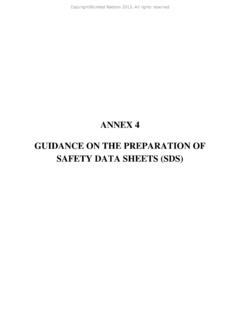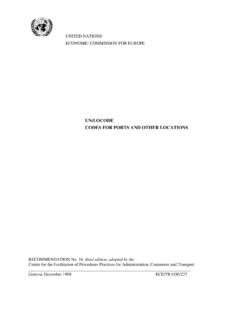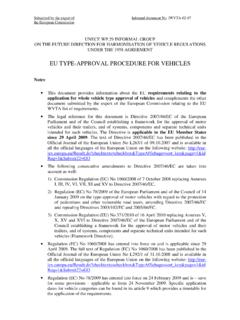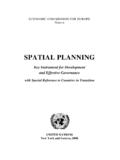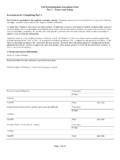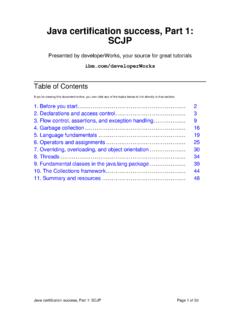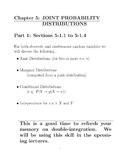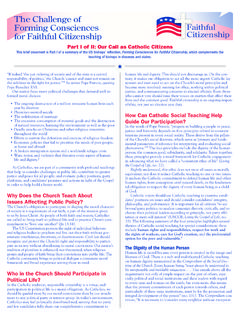Transcription of UNITED NATIONS ECONOMIC COMMISSION FOR …
1 UNITED NATIONS ECONOMIC COMMISSION FOR EUROPE making data meaningful part 1 A guide to writing stories about numbers UNITED NATIONS New York and Geneva, 2009 NOTE The designations employed and the presentation of the material in this publication do not imply the expression of any opinion whatsoever on the part of the Secretariat of the UNITED NATIONS concerning the legal status of any country, territory, city or area, or of its authorities, or concerning the delimitation of its frontier or boundaries. ECE/CES/STAT/NONE/2009/4 Table of Contents.
2 About this 1. What is a statistical story?..1 2. Why tell a story?..2 3. 4. How to write a statistical 5. Writing about data : Make the numbers stick ..13 6. Evaluating the 7. Before and after: Applying good writing 8. Examples of well-written statistical 9. Further making data meaningful part 1: A guide to writing stories about numbers v Introduction making data meaningful part 1.
3 A guide to writing stories about numbers was prepared within the framework of the UNITED NATIONS ECONOMIC COMMISSION for Europe (UNECE) Work Session on Statistical Dissemination and Communication1, under the programme of work of the Conference of European Statisticians2. This guide was prepared by an expert group in cooperation with the UNECE secretariat. The following people were responsible for its preparation (in alphabetical order): Colleen Blessing, UNITED States Department of Energy Vicki Crompton, Statistics Canada Dag Ellingsen, Statistics Norway Patricia Fearnley, Office for National Statistics, UNITED Kingdom John Flanders, Statistics Canada John Kavaliunas, UNITED States Census Bureau David Marder, Office for National Statistics, UNITED Kingdom Steve Matheson, Australian Bureau of Statistics Kenneth Meyer, UNITED States Census Bureau Hege Pedersen, Statistics Norway Sebastian van den Elshout, Statistics Netherlands Don Weijers.
4 Statistics Netherlands Marianne Zawitz, UNITED States Bureau of Justice Statistics About this guide The guide is intended as a practical tool to help managers, statisticians and media relations officers use text, tables, graphics and other information to bring statistics to life using effective writing techniques. It contains suggestions, guidelines and examples but not golden rules. This publication recognizes that there are many practical and cultural differences among statistical offices, and that approaches vary from country to country.
5 1 Information about the UNECE Work Session on the Communication and Dissemination of Statistics is available from the UNECE website at 2 Information about the Conference of European Statisticians is available from the UNECE website at making data meaningful part 1: A guide to writing stories about numbers 1 1. What is a statistical story? On their own, statistics are just numbers. They are everywhere in our life. Numbers appear in sports stories, reports on the economy, stock market updates, to name only a handful.
6 To mean anything, their value to the person in the street must be brought to life. A statistical story is one that doesn t just recite data in words. It tells a story about the data . Readers tend to recall ideas more easily than they do data . A statistical story conveys a message that tells readers what happened, who did it, when and where it happened, and hopefully, why and how it happened. A statistical story can provide general awareness/perspective/context; inform debate on specific issues. In journalistic terms, the number alone is not the story.
7 A statistical story shows readers the significance, importance and relevance of the most current information. In other words, it answers the question: Why should my audience want to read about this? Finally, a statistical story should contain material that is newsworthy. Ask yourself: Is the information sufficiently important and novel to attract coverage in the news media? The media may choose a different focus. But they have many other factors to consider when choosing a story line. Statistical story-telling is about: catching the reader s attention with a headline or image; providing the story behind the numbers in an easily understood, interesting and entertaining fashion; encouraging journalists and others to consider how statistics might add impact to just about every story they have to tell.
8 2 making data meaningful part 1: A guide to writing stories about numbers 2. Why tell a story? A statistical agency should want to tell a story about its data for at least two reasons. First, the mandate of most agencies is to inform the general public about the population, society, economy and culture of the nation. This information will guide citizens in doing their jobs, raising their families, making purchases and in making many other decisions. Secondly, an agency should want to demonstrate the relevance of its data to government and the public.
9 In such a way, it can anticipate greater public support for its programs, as well as improved respondent relations and greater visibility of its products. Most agencies rely mainly on two means of communicating information on the ECONOMIC and social conditions of a country and its citizens: the Internet and the media. The Internet has become an important tool for making access easier to the agency s information. More and more members of the public access an agency s data directly on its website. Still, most citizens get their statistical information from the media, and, in fact, the media remain the primary channel of communication between statistical offices and the general public.
10 An effective way for a statistical office to communicate through both means is to tell a statistical story that is written as clearly, concisely and simply as possible. The goal for the Internet is to better inform the public through direct access. When writing for the media, the aim is to obtain positive, accurate and informative coverage. Statistics can tell people something about the world they live in. But not everyone is adept at understanding statistics by themselves. Consequently, statistical stories can, and must, provide a helping hand.
